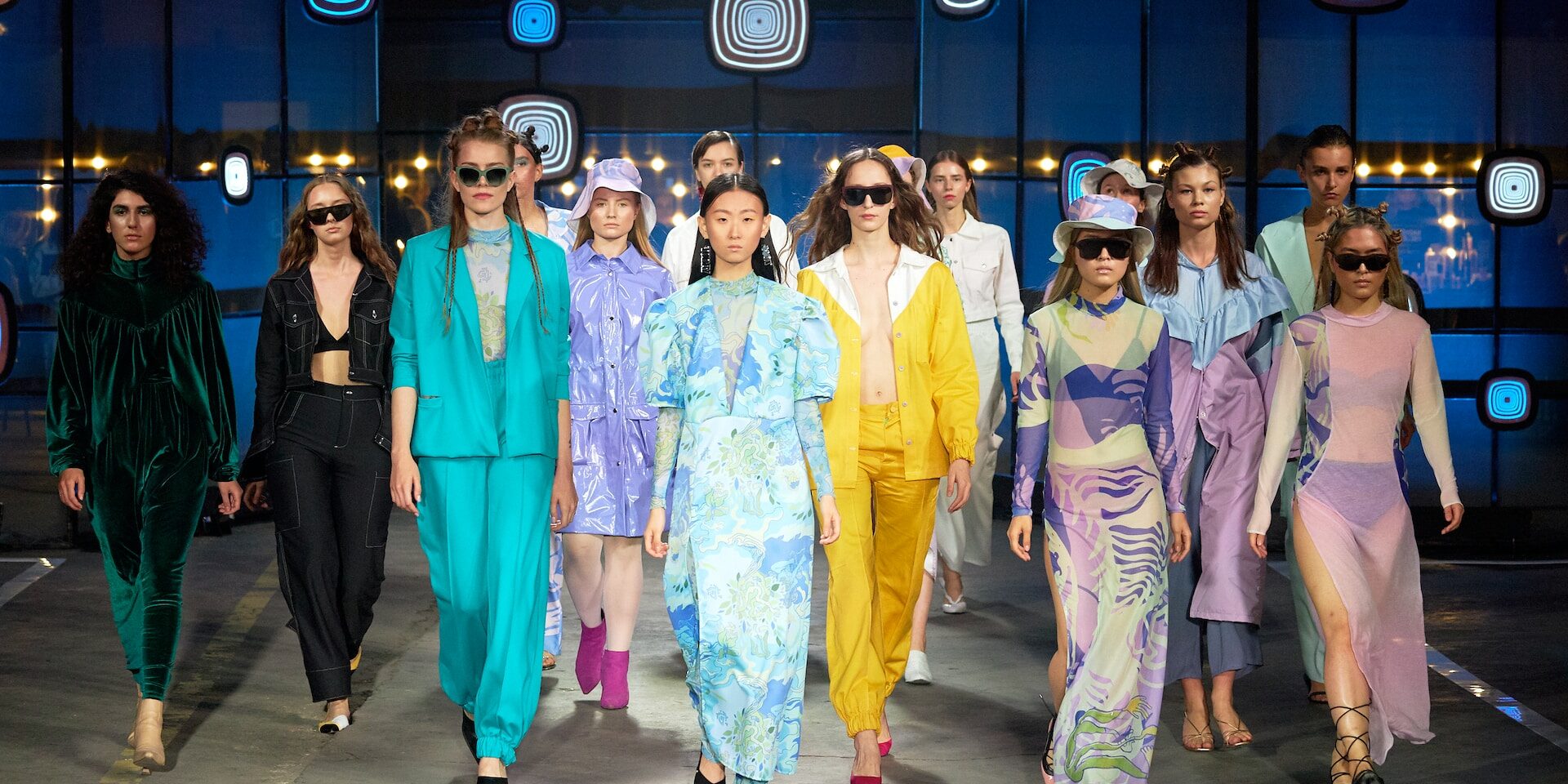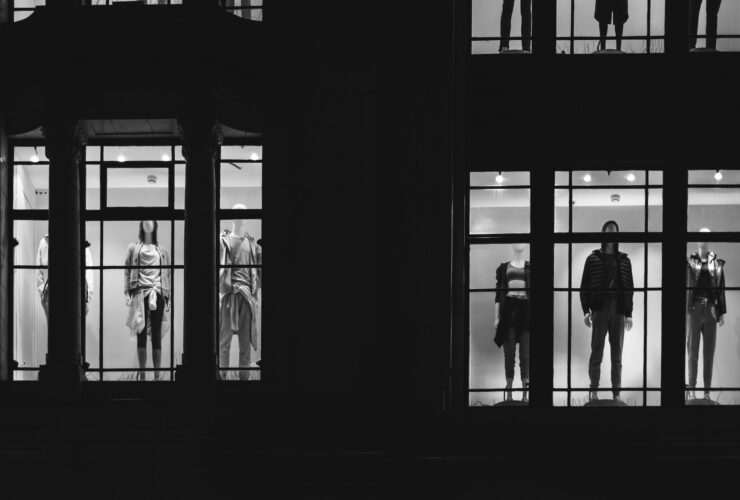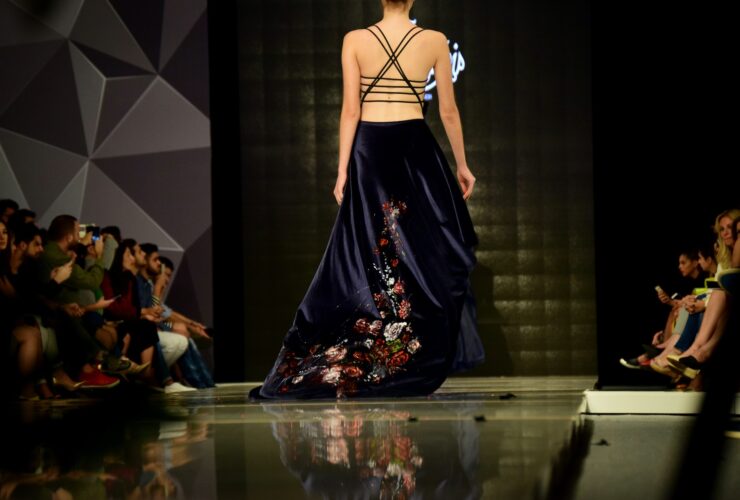High fashion has long been associated with extravagant runway shows, where designers showcase their avant-garde creations, pushing the boundaries of style and creativity. While these designs may be awe-inspiring, they often seem impractical and out of reach for the everyday person. However, the fashion industry is undergoing a transformation, with designers and consumers alike seeking ways to adapt high fashion to the demands of everyday life.
Breaking Down Barriers
Traditionally, high fashion has been synonymous with exclusive events, inaccessible price points, and designs that seem more like works of art than clothing. The fashion industry, recognizing the need for inclusivity, is gradually breaking down these barriers. Designers are embracing diversity in their runway presentations, featuring models of various sizes, ages, and backgrounds. This shift reflects a growing acknowledgment that fashion should be a reflection of the diversity present in everyday life.
Democratizing Fashion
The democratization of fashion is a key theme in the movement from runway to reality. Designers are increasingly collaborating with high-street brands to create affordable and accessible collections inspired by their runway designs. This strategy allows fashion enthusiasts to incorporate elements of high fashion into their everyday wardrobes without breaking the bank. Brands are adopting a more inclusive approach, ensuring that people of all budgets can participate in the excitement of the fashion world.
Adapting Trends for Everyday Wear
One of the challenges of translating runway fashion to everyday life is the often bold and unconventional nature of the designs. Designers are now mindful of creating pieces that not only make a statement on the runway but can also be incorporated into everyday wear. For example, exaggerated sleeves or voluminous silhouettes may be toned down for more practicality, making them suitable for various occasions.
Staple Pieces with a Twist
Fashionistas are increasingly looking for staple pieces with a twist—everyday items that incorporate elements of high fashion without being overly extravagant. Designers are responding by infusing classic garments with unique details, such as unconventional stitching, asymmetrical cuts, or unexpected fabric combinations. These subtle touches allow individuals to express their style while remaining versatile enough for everyday activities.
Inclusive Sizing and Representation
Another crucial aspect of bringing high fashion to everyday life is embracing inclusive sizing and representation. The fashion industry is becoming more aware of the need to cater to a diverse range of body types and ethnicities. Runway shows are featuring models of all sizes, and designers are expanding their size ranges to ensure that everyone can find clothing that makes them feel confident and stylish.
Sustainability in Fashion
As the fashion industry grapples with its environmental impact, designers are incorporating sustainable practices into their creations. This shift aligns with the desire for fashion that transcends the runway and becomes a responsible choice for everyday wear. Consumers are increasingly seeking out eco-friendly options, prompting designers to prioritize sustainability in their collections.
Conclusion
The evolution from runway to reality marks a significant shift in the fashion industry—one that emphasizes inclusivity, affordability, and sustainability. Designers are recognizing the importance of making high fashion accessible to a broader audience, ensuring that the artistry and creativity displayed on the runway can be woven into the fabric of everyday life. As the industry continues to adapt and embrace these changes, fashion enthusiasts can look forward to a more diverse and dynamic wardrobe that seamlessly blends the realms of runway and reality.



